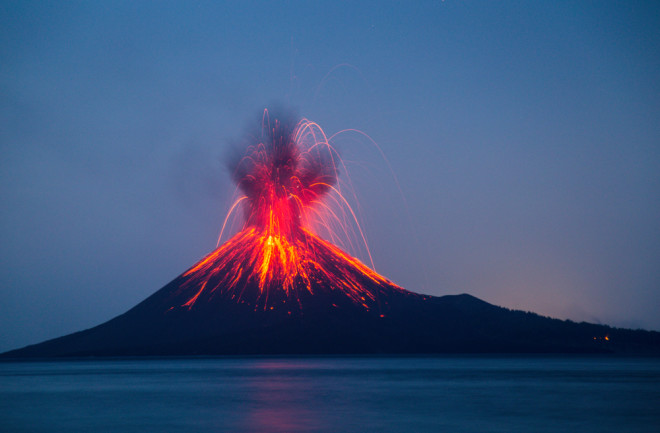There are an estimated 1,500 active volcanoes on the planet, causing 50-70 eruptions each year. Although these volcanoes can be dangerous and even deadly, they can also have positive impacts — including creating fertile soil for cultivation, formation of new land and production of geothermal energy. Here are five things you may not know about volcanoes.
5 Things You Might Not Know About Volcanoes
Volcanoes are continuously shaping our world, even if their eruptions can be extremely dangerous.
Jul 4, 2022 2:00 PMJul 4, 2022 1:00 PM

(Credit:Deni_Sugandi/Shutterstock)
Newsletter
Sign up for our email newsletter for the latest science news
0 free articles left
Want More? Get unlimited access for as low as $1.99/month
Stay Curious
Sign up for our weekly newsletter and unlock one more article for free.
View our Privacy Policy
Want more?
Keep reading for as low as $1.99!
Already a subscriber?
Find my Subscription
More From Discover
Stay Curious
Subscribe
To The Magazine
Save up to 40% off the cover price when you subscribe to Discover magazine.
Copyright © 2025 LabX Media Group
